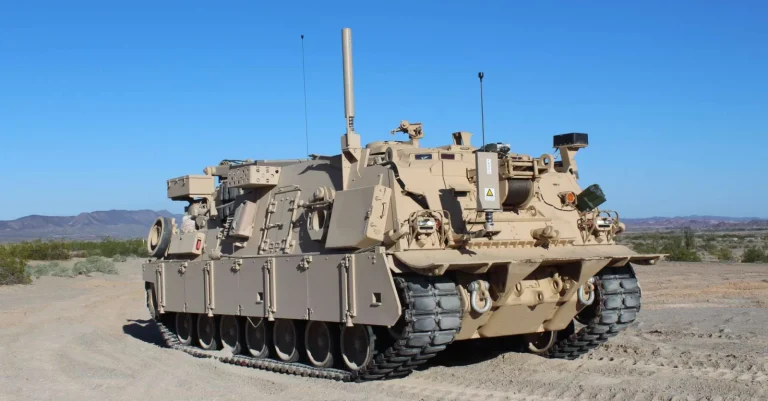Magnetic resonance imaging is preferable to CT diagnostics, as it provides more detailed images. MRI is especially indispensable when it comes to diagnosing tumor processes. The price of MRI, of course, higher than CT. But this is quite explainable:
- magnetic resonance imaging uses expensive equipment and software;
- qualified specialists work on MRI scanners, and professionals are engaged in decoding the results;
- MRI provides higher accuracy and detail and saves where CT is uninformative.
Another important difference between MRI diagnostics and CT is a wide range of indications for the procedure. MRI can be used in the following areas:
- Carrying out measurements at the molecular level, which allows distinguishing tumors from abscesses;
- Detection of anomalies of female genital organs and fractures of hip joints and pelvis;
- Assessment of joint deformation (for example, rupture of knee ligaments or cartilage), sprained ligaments;
- Detection of bleeding and infections.
MRI can be used when the risk of CT scan is high. Thus, magnetic nuclear resonance can be the preferred choice for patients who have allergic reactions to iodinated contrast agents, as well as for pregnant women, since CT can be dangerous for the development of the fetus.
The contrast agent used in MRI diagnostics is gadolinium. It is absolutely safe for the human body and allows to detect tumors and inflammation, to study the activity of blood vessels. The introduction of a contrast agent is also necessary if the patient has complex injuries - for example, degenerative changes in ligaments and cartilage, ruptures or herniations of intervertebral discs, etc.
Classification of MRI diagnostics
The site MRT-Kliniki.ru you can choose a medical institution where magnetic resonance imaging is performed. But first, decide together with your doctor which MRI diagnostics will be effective in your case.
- Functional MRI. This technology is capable of detecting metabolic changes in brain activity. Functional MRI shows active areas of the brain when performing special tasks, such as reading, writing, memory, calculation or movement.
- Perfusion magnetic resonance imaging is a technology that allows assessing blood flow in certain areas. With the help of diagnostics, it is possible to find out if there are problems with blood supply in significant temporal bodies - for example, in the brain. This technology is especially important in the diagnosis of acute disorders of blood circulation - for example, strokes. The technique also allows you to identify anatomical structures in which blood flow increases. In this way, tumor processes are detected.
- Magnetic resonance diffusion-weighted visualization. This technology detects changes in the movement of water in the cells, which may indicate the occurrence of certain problems in them. The technique is used to detect early strokes, to detect certain brain diseases, and allows you to determine whether the tumor is spreading to the brain. Magnetic resonance diffusion-weighted visualization is often combined with other methods of evaluating tumors, mainly brain neoplasms.
- Magnetic resonance spectroscopy uses almost continuous radiation of radio waves, and not pulses, like traditional MRI. This diagnostic test is effective for identifying and studying brain diseases - seizures of unclear etiology, Alzheimer's disease, abscesses and tumors. Magnetic resonance spectroscopy can distinguish between abscesses and proliferating cells within a tumor. The method is also used to detect metabolic disorders in muscles and nervous tissue.
- Magnetic resonance imaging of arteries and vessels, as well as traditional angiography and CT angiography, allows obtaining detailed images of vessels. Such technology is considered simpler and safer. The advantage lies in the fact that the diagnosis is performed without the introduction of a contrast agent. Magnetic resonance imaging of arteries and vessels displays blood flow and helps judge the features of blood supply to various organs and anatomical structures. Sometimes tomography of blood vessels involves the introduction of a contrast agent. In this case, the most safe substance gadolinium is used, and not iodine-based drugs, which often lead to allergic reactions in patients. Magnetic resonance imaging of arteries and vessels is used to assess blood supply to the brain, heart, abdominal organs, arms, and legs.


 5
5









